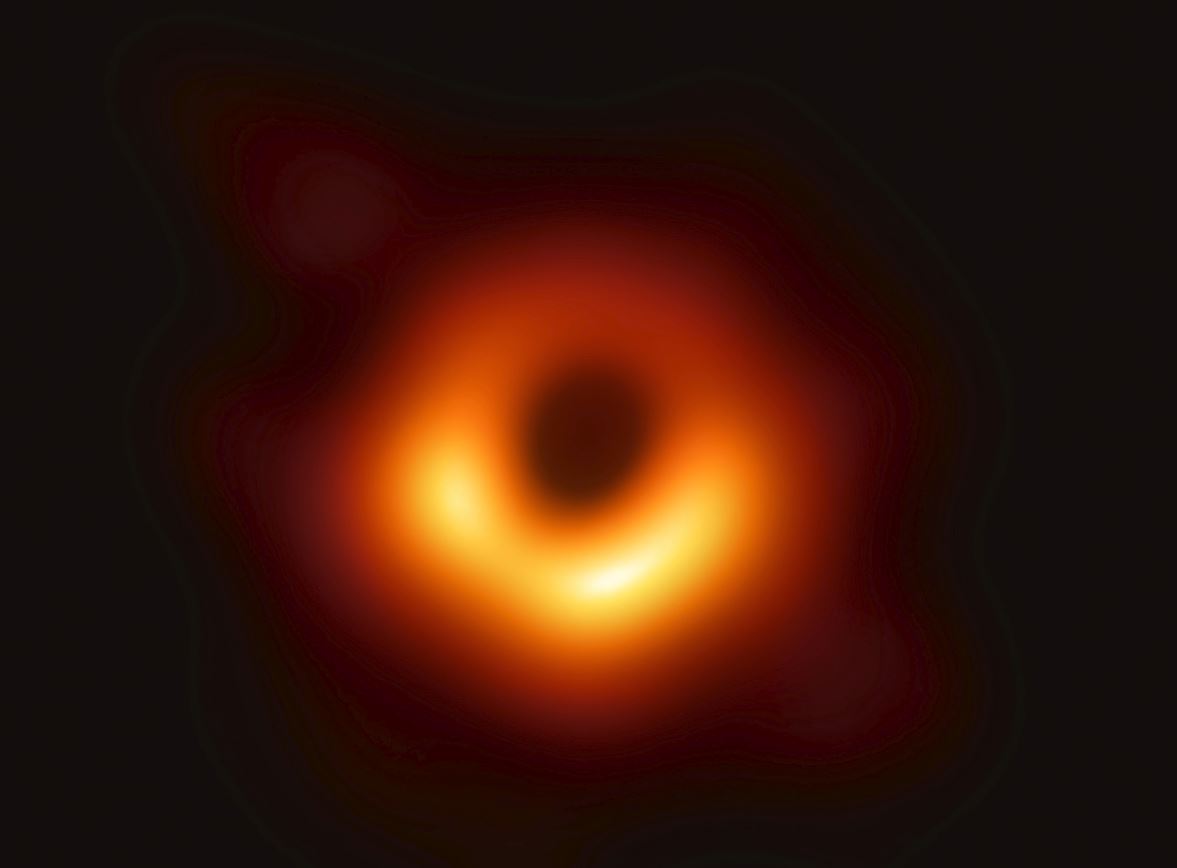
The Edge of All We Know: A quest to understand black holes
This documentary follows scientists as they try to understand the nature of a black hole and in the process, click its photograph.

The Netflix documentary Black Holes: The Edge of All We Know, released on June 1, opens with an artist’s rendition of a black hole. A circular black void at the centre of an astronomical skyline. Ever since the theorisation of a black hole, artists have relied on their interpretations to represent it. They all look similar, showing how imagining the unknown gives us identical renditions.
Until early 2019, there were only fantastical depictions of black holes. This documentary tells the story of how scientists captured the first image of one, how humanity cracked the code and discovered something real, in a quest clouded by the fantastical.
Most popular science books and science communicators describe a black hole as a place in space where the gravitational field is so high that not even light can escape it. It draws everything unto itself, and it was famously believed that it doesn’t let anything out. This idea of a black hole taking in information (all things, even light is information) and not letting anything out went against fundamental physics. Scientists were puzzled by it. If this was true, then this loss of information wouldn’t be unique to black holes. It could happen in other areas as well. Physicists are essentially historians studying the history of the universe. They look for patterns and use them to either predict the future or trace it back to discover the past. If permanent information loss was a reality, it would question the very basis of physics.
The Federal Podcast: Peter Galison: Researching black holes is a task for generations
This was a depressing reality the physics world lived in until 1974, when Stephen Hawking published a paper theoretically proving that black holes radiate. This suggested that when this radiation happens, black holes start losing mass and eventually evaporate. This unimaginable force that could even hold light as its captive, spat something out. The phenomenon came to be known as Hawking Radiation.
The documentary tells two sides of this story: theory and experimentation. The theoretical side told the story of a team of scientists, led by Hawking, and their quest to solve the Black Hole Information Paradox. This paradox, first developed by Hawking, suggested that physical information could permanently disappear in a black hole. We see the group of four physicists investigating and trying to come up with a solution to the paradox.
They act like detectives on the scale of the universe. Like cosmic sleuths, one could say. Their tool? Mathematics, which is the closest we have got to have a language for the universe. This four-piece collective loses a key member while still on their quest. Stephen Hawking passed away on March 14, 2018. But the quest continued, eclipsing Hawking’s life, and it climaxes with the team publishing their paper.
The other side, the experimental side, tells the story of one photograph. Physicists realised that to capture the picture of a black hole, the telescope needed would be roughly the size of the earth. Since that wasn’t possible, they decided to capture the image from various sites simultaneously. They called it the Event Horizon Telescope. It is a global network of radio observatories that work together to observe radio sources dealing with black holes. In this project, four teams worked simultaneously in collecting data to capture a real-time image of the M87 black hole, which is 54.8 light-years away from the milky way galaxy.
Their work began in 2017 and during early 2019, the group of scientists gathered in a seminar called Black Hole Initiative, where the four teams compared results. The computer language is binary, meaning there were two possible results: zero or one. One meant success, zero meant failure. Stakes and anxieties soared high. After all, some scientists had compiled data on black holes for almost a decade. But all that effort was about to pay off.
The result showed one and the four teams cheered in unison. In a meeting named Event Horizon Telescope Collaboration Meeting, several scientists got together, assessed the results and tried to convince one another about which photograph rendered the truth.
The first picture of the black hole was released to the public in April 2019 via simultaneous press conferences held in the US, Japan, Chile, Belgium, and Taiwan. All major news organisations covered it. It is now widely recognised as one of the greatest scientific breakthroughs of the 21st century.
The documentary portrays how scientific breakthroughs are often a team effort and not a result of individual genius. The film also delves into intervals of trippy animation. It is strange how even though we now possess the first-ever photograph of a black hole, the artist’s way still seems to drive human interest. The art used in the film doesn’t cloud the truth and is hence better received by the viewer. Audiences are not only looking to educate themselves, but also to use the artwork as a tool and keep watching the film till the end.


